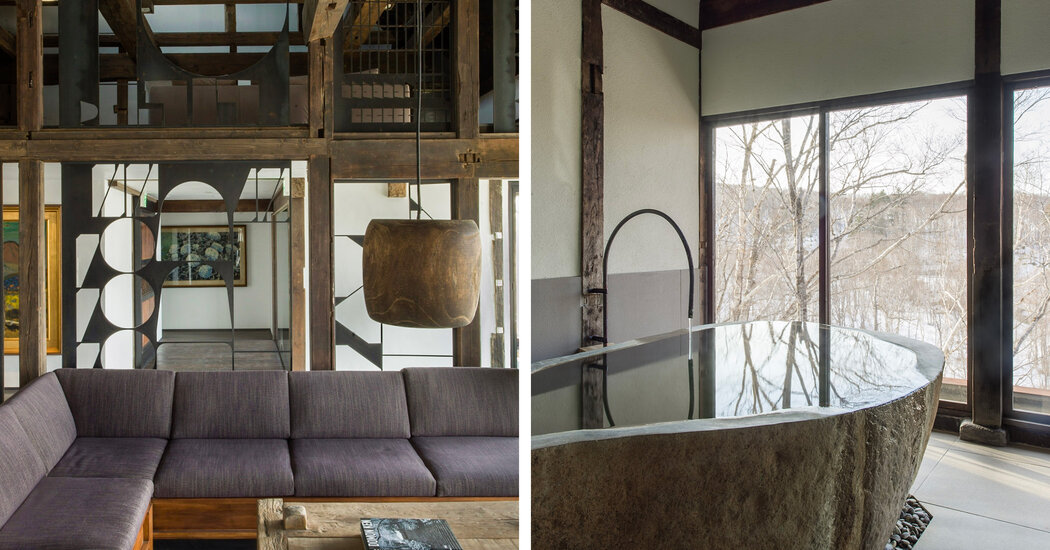Experimental and theatrical are among the words commonly used to describe the chef Paul Pairet’s culinary vision at Ultraviolet, his triple Michelin-star restaurant in Shanghai. But for his first project in France since the early 2000s, which opens Jan. 25 at the Hôtel de Crillon in Paris, the ambitions are more modest: perfectly executed, unpretentious French classics. Replacing the hotel’s former Brasserie d’Aumont and men’s grooming space, Nonos by Paul Pairet, with its moody interior by Tristan Auer, is the chef’s take on a modern French steakhouse (the name means little bone in children’s French). “I wanted to revive a retro-chic format of steakhouse dining from the ’60s and ’70s where the grill was front and center, servers came to the table with trolleys to slice meat and cheese, and dishes had broad appeal but were enhanced with the best products available,” explains the Perpignan-born Pairet. The menu is focused on familiar favorites ranging from onion soup and cheese soufflés to traditional dishes like seafood vol-au-vent. Comestibles, the deli area, will serve up snacks such as deviled eggs, pâté en croûte and Gascon cured ham. “Traditional French food is back in a big way across Paris,” Pairet says. “To do it right in an iconic setting like this — it’s a chef’s dream.” rosewoodhotels.com
Visit This
A Set of Serene Villas in the Mountains of Hokkaido, Japan
The British-born designer and photographer Shouya Grigg is on a quest to create a new style of Japanese hospitality with his property Shiguchi, which opened quietly during lockdown last May. Located two miles away from Niseko, a ski destination on the northernmost island of Hokkaido, Shiguchi is made up of five guest villas that are restored kominkas, or traditional Japanese houses often built in rural areas. (The name Shiguchi refers to the time-honored Japanese method of constructing temples, shrines and kominkas using hand-carved joinery rather than nails.) The original timber frames remain, while thatched roofs were replaced with metal to handle the snow. Open layouts are divided with shoji sliding doors featuring Grigg’s monochromatic photographs of Hokkaido’s landscapes printed on washi paper. Ink paintings, antique and contemporary ceramics and a selection of books are thoughtfully arranged alongside wood-burning fireplaces with a mix of vintage and custom-made furniture. Each villa has access to its own natural hot spring, or onsen, with a…
Click Here to Read the Full Original Article at NYT > Travel…
